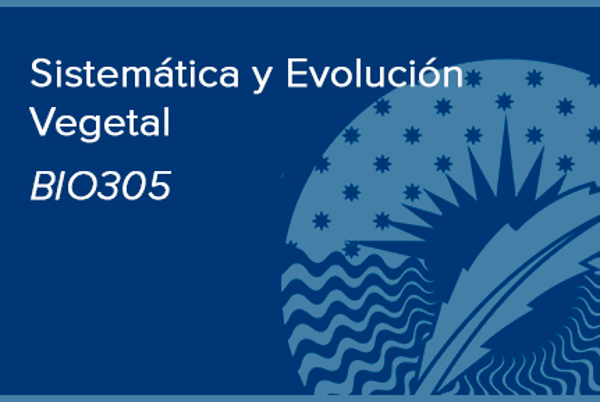Sistemática y Evolución Vegetal
SISTEMÁTICA Y EVOL. VEGETAL


Universidad de Sevilla
Sevilla, EspañaPublicacions en col·laboració amb investigadors/es de Universidad de Sevilla (100)
2024
-
Bird-flower colour on islands supports the bee-avoidance hypothesis
Functional Ecology, Vol. 38, Núm. 3, pp. 600-611
-
Cladogenesis
Encyclopedia of Biodiversity, Third Edition: Volume 1-7 (Elsevier), pp. V7-134-V7-140
-
Global analysis of Poales diversification – parallel evolution in space and time into open and closed habitats
New Phytologist, Vol. 242, Núm. 2, pp. 727-743
2023
-
A non-homogeneous model of chromosome-number evolution to reveal shifts in the transition patterns across the phylogeny
New Phytologist, Vol. 238, Núm. 4, pp. 1733-1744
-
Addressing inconsistencies in Cyperaceae and Juncaceae taxonomy: Comment on Brožová et al. (2022)
Molecular Phylogenetics and Evolution
-
Carex quixotiana (Cyperaceae), a new Iberian endemic from Don Quixote’s land (La Mancha, S Spain)
PhytoKeys, Vol. 221, pp. 161-186
-
Drivers of diversification in Linum (Linaceae) by means of chromosome evolution: correlations with biogeography, breeding system and habit
Annals of Botany, Vol. 132, Núm. 5, pp. 949-962
-
Effect of environmental and spatial factors on the phylogenetic and functional diversity of the Mediterranean tree communities of Europe
Plant Biology, Vol. 25, Núm. 4, pp. 631-645
-
Effects of environmental factors on clonality and genetic diversity of the sedge "Carex nigra" in an alpine fen
Colecciones científicas: patrimonio natural y cultural único para la investigación presente y futura: IV Simposio de la Sociedad Botánica Española (Universidad de León), pp. 62
-
Genomic hotspots of chromosome rearrangements explain conserved synteny despite high rates of chromosome evolution in a holocentric lineage
Molecular Ecology
-
Holocentric repeat landscapes: From micro-evolutionary patterns to macro-evolutionary associations with karyotype evolution
Molecular Ecology
-
Phylogenetic, cytogenetic and morphological evidences are critical for recognizing a new genus: Valdesiana, an Iberian intergeneric allopolyploid between Schenkia and Exaculum
Plant Systematics and Evolution, Vol. 309, Núm. 4
-
Polyploidy and hybridization in the Mediterranean: Unraveling the evolutionary history of "Centaurium"(Gentianaceae)
Colecciones científicas: patrimonio natural y cultural único para la investigación presente y futura: IV Simposio de la Sociedad Botánica Española (Universidad de León), pp. 73
-
The holocentric chromosome microevolution: From phylogeographic patterns to genomic associations with environmental gradients
Molecular Ecology
-
Using ChromEvol to Determine the Mode of Chromosomal Evolution
Methods in molecular biology (Clifton, N.J.), Vol. 2672, pp. 529-547
2022
-
A holocentric twist to chromosomal speciation?
Trends in Ecology and Evolution, Vol. 37, Núm. 8, pp. 655-662
-
Chromosome size matters: genome evolution in the cyperid clade
Annals of Botany, Vol. 130, Núm. 7, pp. 999-1013
-
Sierra Nevada, a Mediterranean Biodiversity Super Hotspot
The Landscape of the Sierra Nevada: A Unique Laboratory of Global Processes in Spain (Springer International Publishing), pp. 11-30
-
Variation of stable carbon and nitrogen isotopes ratio in Ficus tikoua and their linkage to its specific pollinator
Flora: Morphology, Distribution, Functional Ecology of Plants, Vol. 291
2021
-
A framework infrageneric classification of Carex (Cyperaceae) and its organizing principles
Journal of Systematics and Evolution, Vol. 59, Núm. 4, pp. 726-762